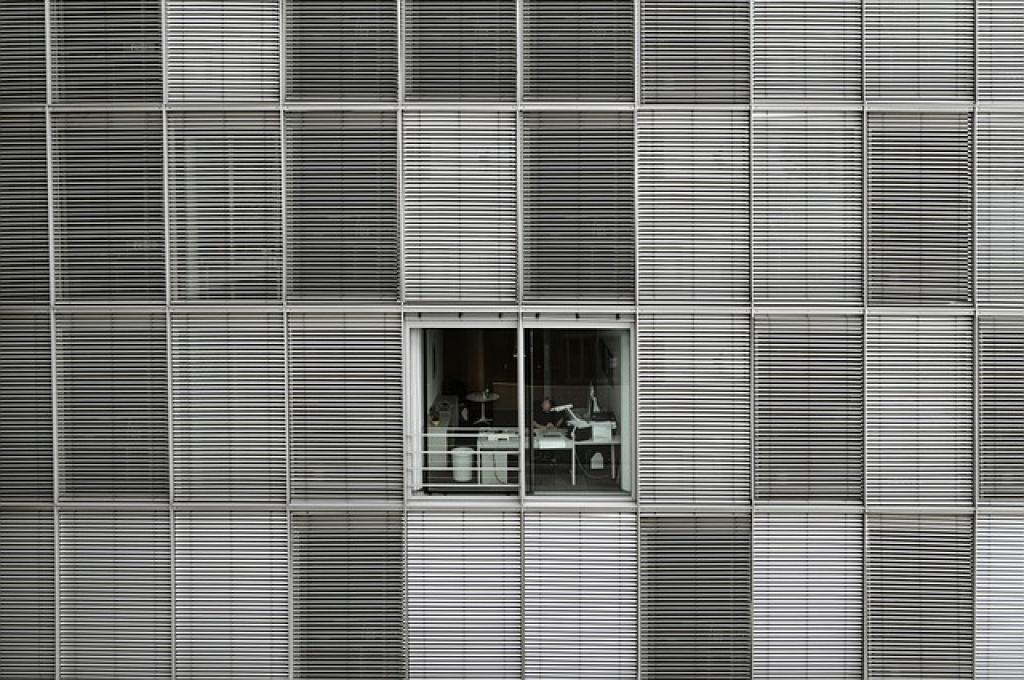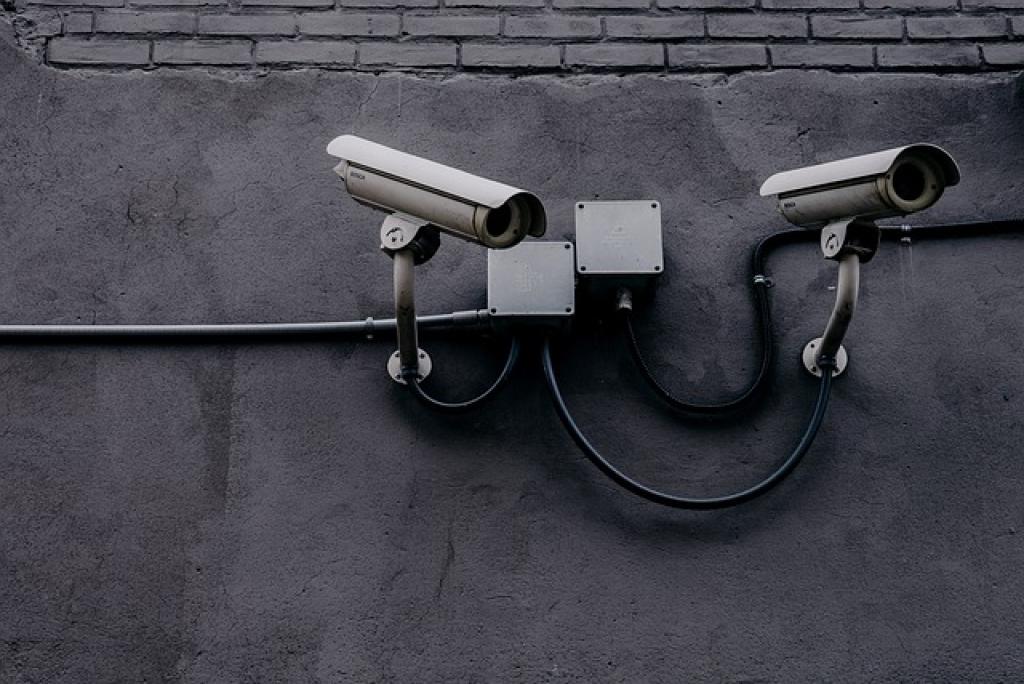
Effective Strategies for Security Maintenance in High-Traffic Office Buildings
In the bustling environments of high-traffic office buildings, security isn’t just a priority—it’s a necessity. As these spaces accommodate countless employees, visitors, and sensitive operations, the challenge of maintaining safety without disrupting daily activities is both complex and critical.
Balancing accessibility with protection requires innovative strategies that adapt to ever-evolving threats and behaviors. This article dives into effective measures that ensure smooth operations while safeguarding people and property.
From integrating cutting-edge technology to streamlining human and digital resources, explore how proactive management can transform security from a mere protocol to a seamless and reliable part of everyday life in these dynamic hubs.
Understanding the Security Needs of High-Traffic Office Buildings
High-traffic office buildings are more than just workplaces; they are ecosystems buzzing with activity. Hence, their security needs are both diverse and unique. Effective strategies begin with a comprehensive understanding of these diverse requirements.
Firstly, consider access control. With the constant flow of employees and visitors, managing entry points is vital. Smart card systems, biometric access, or mobile-based entry can help streamline this process, ensuring only authorized personnel gain access.
Next, surveillance systems are pivotal. In a sea of movement, strategically placed cameras not only monitor activity but also deter potential threats. Modern systems with AI analytics can enhance this by identifying unusual patterns in real-time.
Emergency Preparedness
An office’s bustling nature means emergency scenarios require special attention. Safety drills and clear, visible evacuation routes must be a part of the standard protocol to ensure that everyone knows their role and exit in case of emergencies.
Additionally, cybersecurity can’t be overlooked. With increasing digital interactions, protecting data integrity and privacy is as crucial as physical security. Multi-layered cybersecurity measures, including firewalls and encryption, safeguard sensitive information against breaches.
Implementing Access Control Systems for Enhanced Security
Access control systems serve as the gatekeepers of high-traffic office buildings, filtering who comes in and out, and ensuring that security breaches are kept at bay. At the heart of these systems is their ability to authenticate identities and grant or restrict access to specific areas.
Modern access control goes beyond traditional key-and-lock methods. They integrate technology like key card systems, biometric scanners, or mobile access solutions, which offer a seamless entry experience without compromising security. These systems can be tailored to different clearance levels, offering flexibility in managing varied access requirements across departments.
Network-based access systems provide added convenience by allowing centralized management. Building administrators can update permissions instantly, handle visitor management efficiently, and keep track of access logs, all through a unified platform.
Moreover, implementing multi-factor authentication adds an extra layer of security. By requiring a combination of two or more credentials before granting access, companies can significantly reduce the risk of unauthorized entry.
By investing in robust access control, buildings not only protect their occupants and assets but also foster a sense of shared safety, allowing everyone to focus on their work without the constant worry of security threats.
Regular Security Audits and Risk Assessments
Implementing security measures is only the beginning. To ensure their effectiveness, regular security audits and risk assessments are essential. These evaluations help identify vulnerabilities and areas for improvement, keeping the security infrastructure robust and adaptive to new threats.
Security audits involve a thorough examination of existing systems, policies, and protocols. During these audits, experts analyze the performance of surveillance, access control, and emergency systems to ensure they meet current standards and requirements. Identifying outdated technology or procedural gaps is critical for maintaining a strong defense against potential security breaches.
Risk assessments provide a comprehensive evaluation of potential threats and their impact. By examining the likelihood and consequences of various security scenarios, building managers can prioritize risk mitigation strategies. This proactive approach not only safeguards against imminent dangers but also prepares stakeholders for handling unforeseen events.
Engaging with external security professionals for these audits can bring fresh perspectives and industry best practices. Their insights help tailor security measures to the specific needs of the building, ensuring both compliance and optimal protection.
Ultimately, regular audits and assessments empower office spaces to stay one step ahead, continuously fortifying their defenses and fostering a secure environment for all occupants.
Emergency Response Planning and Protocols
High-traffic office buildings must have robust emergency response plans that are not just theoretical, but practical and well-rehearsed. These plans are critical to ensuring the safety and welfare of everyone on-site during unforeseen events such as fires, natural disasters, or security breaches.
The first step in creating an effective emergency response plan is to identify potential threats and their impact on the building’s operations and occupants. This involves a thorough examination of past incidents and consulting with security experts to anticipate possible scenarios.
Crafting the Protocols
Once risks are identified, detailed protocols must be developed. These should include clear, step-by-step actions for various emergencies, designated roles and responsibilities, and communication strategies. Effective communication is paramount to avoid chaos and ensure prompt action during an emergency.
Regular training sessions and drills are essential to familiarize employees with these protocols. Conducting these exercises helps to reinforce knowledge and boost confidence, ensuring a swift, coordinated response when seconds count.
Furthermore, integrating technology such as mass notification systems can enhance communication during critical moments, delivering timely alerts and instructions to everyone involved.
With comprehensive emergency response planning, high-traffic office buildings can create a culture of preparedness, reducing potential risks and ensuring that all occupants know their roles in maintaining safety.
Ensuring Surveillance and Monitoring Coverage
Surveillance systems are a cornerstone of security in high-traffic office buildings. These systems not only deter potential threats but also provide crucial data to resolve incidents. To maximize their effectiveness, comprehensive coverage is essential.
Strategically placed cameras are key to eliminating blind spots. Main entry and exit points, hallways, parking lots, and high-traffic areas should all be under constant surveillance. Additionally, positioning cameras at varying heights and angles can enhance visibility and coverage.
Leveraging advanced technology helps boost the capability of surveillance systems. Cameras equipped with features like motion detection, night vision, and facial recognition offer enhanced monitoring, even in challenging conditions. Real-time video analytics powered by AI can alert security teams to unusual activities, allowing for immediate intervention.
Equally important is the integration of these systems with existing security infrastructure. By centralizing surveillance with access control and alarm systems, a cohesive network is formed, offering a comprehensive view and faster response capabilities.
Regular maintenance and updates are vital to ensure optimal performance. System checks and software updates help maintain reliability and adapt to emerging security challenges.
Through meticulous planning and technology integration, surveillance systems provide a watchful eye that supports the security framework, offering peace of mind for building occupants.
The Bottom Line: Continuous Adaptation and Improvement for Maximum Security
In the dynamic world of high-traffic office buildings, securing people and property is an ongoing journey rather than a one-time goal. As we’ve explored, the integration of advanced technology and the formulation of detailed protocols are foundational to building a secure environment. However, the key to sustained security lies in continuous adaptation and improvement.
The landscape of threats evolves rapidly, influenced by technological advancements and social changes. Thus, maintaining a proactive approach towards security is essential. Regularly updating systems, refining protocols, and conducting routine assessments ensure that security measures remain effective and relevant.
Seamless integration of surveillance, access control, and emergency response systems creates a network that can respond swiftly to any challenge. The commitment to training and engaging staff in safety drills is equally vital, as it builds a culture of awareness and preparedness among all building occupants.
Moreover, collaborating with security experts for audits and embracing innovations in technology can offer fresh perspectives and innovative solutions, further enhancing the security framework. It’s about setting a standard of vigilance that evolves with the changing demands of the environment.
In conclusion, achieving maximum security in high-traffic office buildings requires more than just effective strategies; it demands a mindset of continuous improvement and readiness to adapt. By consistently evaluating and upgrading our security measures, we can provide a safe, secure, and conducive environment for everyone who walks through these bustling spaces daily.


